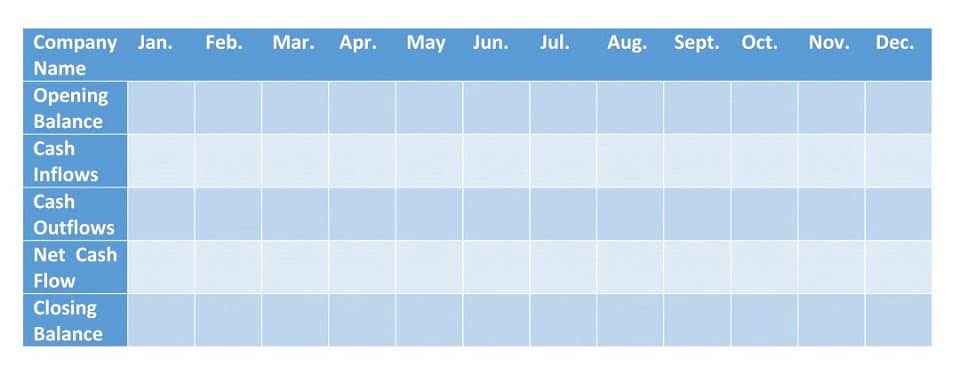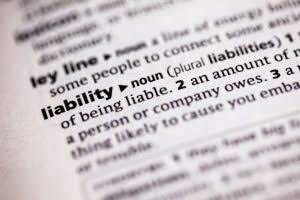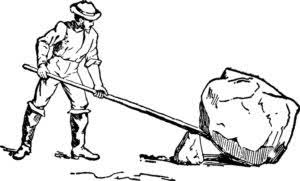
This article breaks down what the FIFO method is, how to calculate FIFO for your store and the key differences from LIFO. Plus, how your business can benefit from applying this inventory accounting method and how Easyship can help you simplify shipping today. When sales are recorded using the LIFO method, the most recent items of inventory are used to value COGS and are sold first. In other words, the older inventory, which was cheaper, would be sold later.

Weighted Average vs. FIFO vs. LIFO: An Example
In the example above, LIFO assumes that the $54 units are sold first. However, if there are five purchases, the first units sold are at $58.25. In this case, the store sells 100 of the $50 units and 20 of the $54 units, and the cost of goods sold totals $6,080. To calculate COGS through the FIFO method, first you need to work https://www.instagram.com/bookstime_inc out the cost of your old inventory. If the price you paid for that inventory fluctuates during that time period, this does need to be taken into account as well. Once you have that figure, you multiply the cost by the total amount of inventory sold in that period.
Inventory valuation using LIFO
- While potentially time-consuming, this process provides important data for effective inventory management.
- This is especially useful for maintaining profits from perishable goods, as it makes sense to sell older inventory.
- This article breaks down what the FIFO method is, how to calculate FIFO for your store and the key differences from LIFO.
- Contrarily, LIFO is preferable in economic climates when tax rates are high because the costs assigned will be higher and income will be lower.
A company’s taxable income, net income, and balance sheet balances will all vary based on the inventory method selected. The FIFO method assumes that the oldest inventory units are sold first, while the LIFO method assumes that the most recent inventory units are sold first. LIFO better matches current costs with revenue and provides a hedge against inflation. When all 250 units are sold, the entire inventory cost ($13,100) is posted to the cost of goods sold. Let’s assume that Sterling sells all of the units at $80 per unit, for a total of $20,000. The profit (taxable income) is $6,900, regardless of when inventory items are considered to be sold during a particular month.

Average Cost
The FIFO method assumes you sell your products in how to calculate fifo the order they were produced or purchased. This approach typically results in a lower Cost of Goods Sold (COGS) and a higher gross profit compared to other inventory valuation methods. When prices are increasing, companies using LIFO can benefit due to tax purposes.


High ending inventory suggests you should adjust future purchases to match declining demand, helping your business stay agile and prepared for challenges. Low sellable inventory could mean your prices are too low, causing you to miss out on potential revenue. Analyzing your inventory data allows you https://www.bookstime.com/ to adjust prices to match current demand and maximize cash flow.
Overlooking inventory shrinkage
- Multiply the number of units sold during a specific period by the cost of your oldest inventory.
- When all of the units in goods available are sold, the total cost of goods sold is the same, using any inventory valuation method.
- The company made inventory purchases each month for Q1 for a total of 3,000 units.
- This method is best used for products that aren’t perishable and experience price inflation.
- The store’s ending inventory balance is 30 of the $54 units plus 100 of the $50 units, for a total of $6,620.
- Finally, weighted average cost provides a clearer position of the costs of goods sold, as it takes into account all of the inventory units available for sale.
Check with your CPA to determine which regulations apply to your business. Accountants use “inventoriable costs” to define all expenses required to obtain inventory and prepare the items for sale. For retailers and wholesalers, the largest inventoriable cost is the purchase cost. In addition, consider a technology manufacturing company that shelves units that may not operate as efficiently with age.
Achieve more accurate ending inventory value and closing inventory numbers with Red Stag Fulfillment
In sum, using the LIFO method generally results in a higher cost of goods sold and smaller net profit on the balance sheet. When all of the units in goods available are sold, the total cost of goods sold is the same, using any inventory valuation method. FIFO has advantages and disadvantages compared to other inventory methods. FIFO often results in higher net income and higher inventory balances on the balance sheet. However, this results in higher tax liabilities and potentially higher future write-offs if that inventory becomes obsolete.




Leave a reply